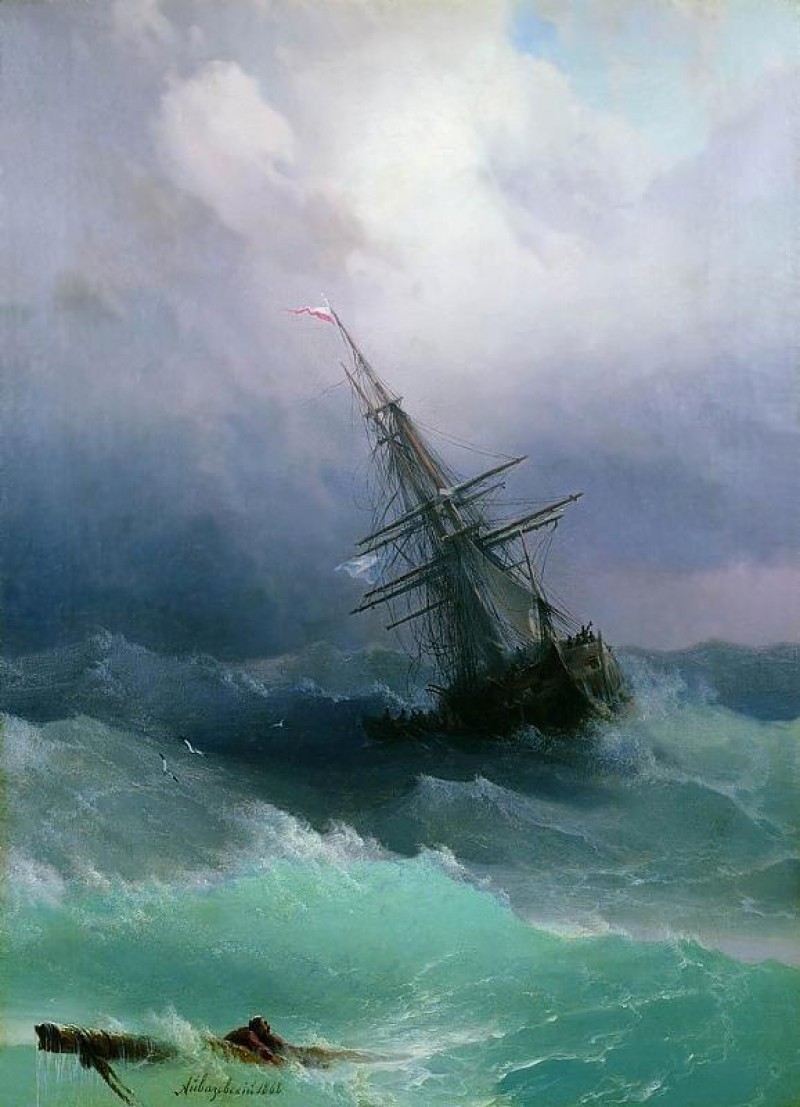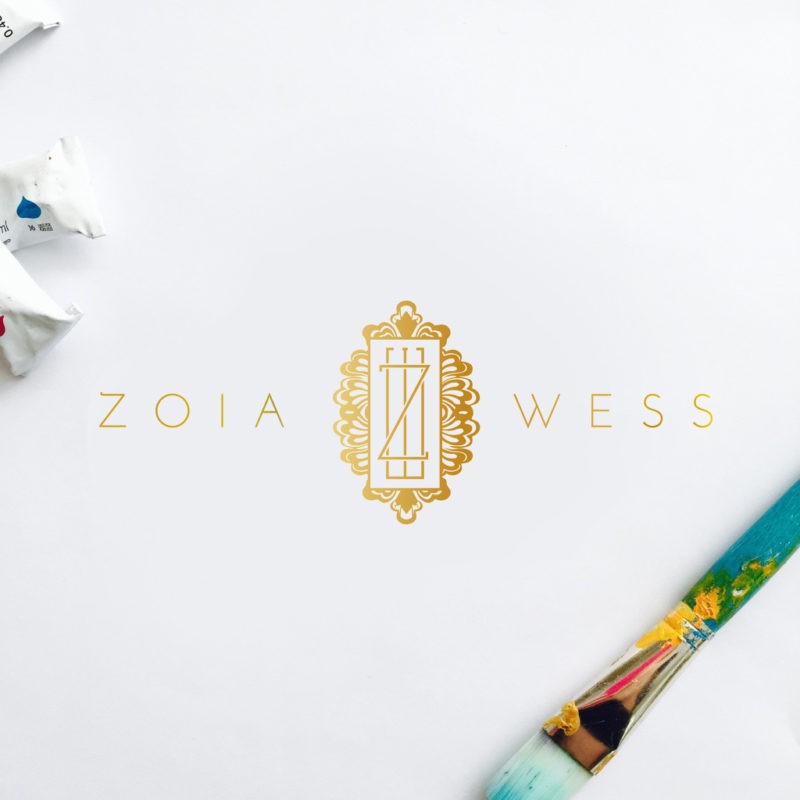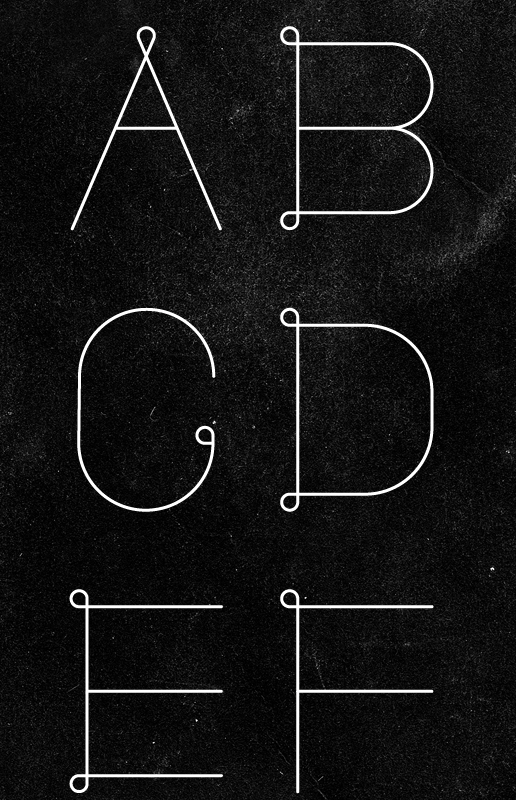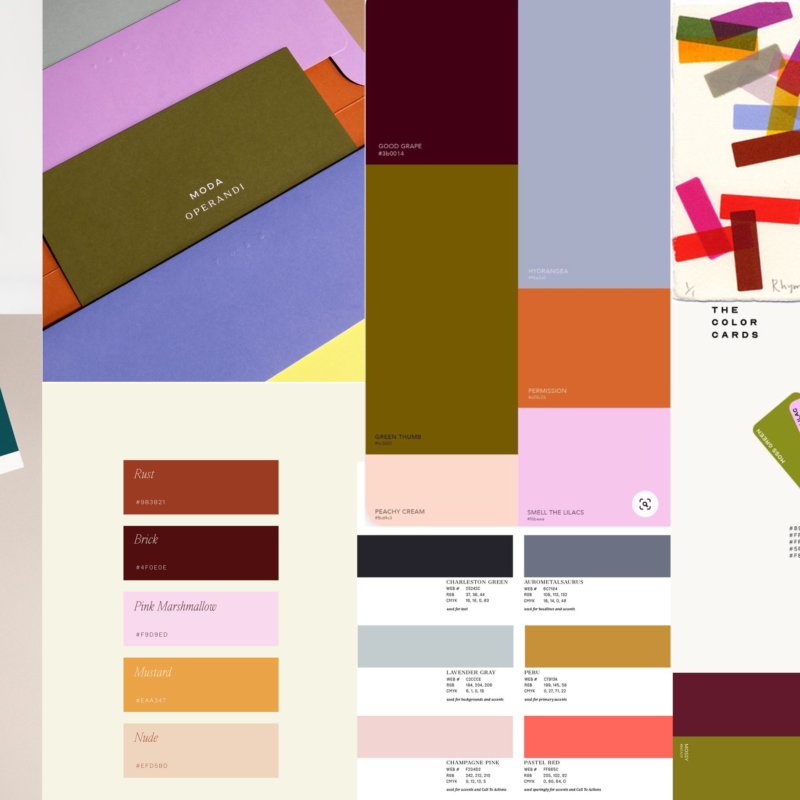I’ve read so many articles and books from designers that suggest certain colors be chosen based on what they represent. Examples: you may align with colors of a certain season, or like blue because it represents stability, but I want to pose quite the opposite.
Colors have feelings and evoke emotional responses but these feelings can be affected by what surrounds them.
Let's try out a little experiment... okay?
If you have a color swatch in each of your hands and the one on the left is a soft, baby blue with a hint of lavender and the one on the right is a bold orange-yellow, which one would you say is calm?

The left! Definitely the left!
But let’s say you take that same soft, baby blue with a hint of lavender and it becomes oil paint that is blended into an angry storming sea rocking a small, weathered fishing boat in the turbulence?

{Painting by Ivan Aivazovsky, 1886}
Does the soft, baby blue still feel calm?
Nope! The application changes everything. The visuals chosen to accompany the color alter the mood entirely.
Color psychology is a great place to begin when creating a palette for your brand but must also be a flexible visual dynamic as you develop your other branding elements- your logo mark, typography, illustrations, patterns- based on how the color feels in it's environment.
Yellow doesn't always signify happiness.
Red doesn't always mean passion.
Blue doesn't always represent trust.
Visuals accompanying a color can completely alter the feelings associated with it.
Data on color psychology in relation to marketing and branding is controversial and can be conflicting. My advice is to simply trust your gut and go with the colors that speak to you and really make your heart soar to communicate your message effectively.
Other related good reads + resources:
▸ How to Use Color Psychology to Give your Business an Edge, Forbes


